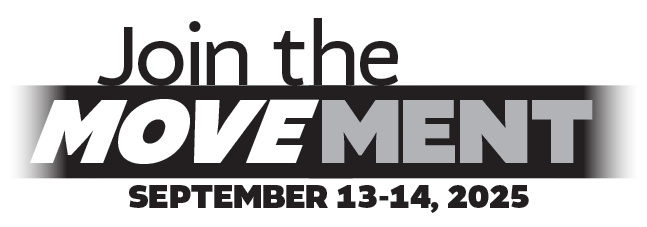The Cause

HIV/AIDS Facts
While we have made enormous progress, HIV/AIDS still impacts American lives. Here are some numbers:
In the United States:
- An estimated 1.2 million people in the United States are living with HIV (as of the end of 2022). Of those, 13% had undiagnosed HIV infections.
- In 2022 (the most recent year that data are available), there were an estimated 31,800 new HIV infections. The annual number of new diagnoses decreased 12% from 2018 to 2022.
- African-Americans accounted for 42.5% (13,532) of new HIV/AIDS diagnoses in 2022. They make up approximately 12% of the population. Additionally, Hispanic/Latin people accounted for 33% (10,635) of all new HIV diagnoses.
- 83% of people newly diagnosed with HIV/AIDS in 2022 were male. 67% of them were infected through homosexual contact.
- 22% of people newly diagnosed with HIV/AIDS in 2022 were infected by heterosexual contact.
- 15% of people newly diagnosed with HIV/AIDS in 2022 were female. 83% of them were infected through heterosexual contact.
- From 1981 to 2018, an estimated 1,232,346 Americans were diagnosed with AIDS. Of those, over 700,000 have died.
- In 2022, young people aged 13-34 accounted for more than half (56%) of all new HIV diagnoses. Young gay and bisexual men accounted for 84% of all new HIV diagnoses in people aged 13-34 in 2022. Young Black/African American gay and bisexual men are even more severely affected, representing 53% of new HIV diagnoses among young gay and bisexual men.
- A 2019 systematic review and meta-analysis found that an estimated 14% of transgender women have HIV. By race/ethnicity, an estimated 44% of black/African American transgender women, 26% of Hispanic/Latina transgender women, and 7% of white transgender women have HIV.
- In 2022, Diagnoses of HIV infection among transgender persons accounted for approximately 2% of diagnoses (approximately 0.6% of American’s identify as transgender). Transgender women accounted for the highest percentage of diagnoses of HIV infections (93%).
- Americans living in poverty are more than twice as likely to contract HIV than those living above the poverty level
- Nearly half (49%) of new HIV infections were in the south.
You can learn more at www.cdc.gov/hiv

In New York State:
- As of December 2021, 106,005 New Yorkers were living with diagnosed HIV, with 78% of persons living with diagnosed HIV residing in the five boroughs of New York City.
- The New York State Department of Health estimates that the number of persons newly diagnosed with HIV in New Yor State has decreased 37% from 2011 to 2023 (4,007mto 2517).
- In NYS, health inequalities still affect minority populations. The rates of new HIV diagnoses among non-Hispanic blacks and Hispanics are 7.1 and 4.8 times higher, respectively, than the rate for non-Hispanic whites; the prevalence rates of HIV among non-Hispanic blacks and Hispanics are 7.7 and 4.2 times higher than the rate for non-Hispanic whites, respectively.
- 28.6% of people living with with HIV/AIDS in 2023 are female.
- Since 1981, 205,921 people (as of 12/31/23) have been diagnosed with AIDS. Of those, more than 139.073 (67%) have died.
You can learn more at HIV/AIDS Statistics in New York State - NYS Department of Health (ny.gov)

In New York City:
- 134,445 people are living with diagnosed HIV/AIDS (as of 12/31/23).
- 1,686 people were newly diagnosed with HIV in 2023, a 7.6% increase from 2022.
- 73.5% of people living with HIV/AIDS are male.
- Of people living with HIV/AIDS, 45.9% are Black, 33.2% are Hispanic, and 17% are White.
- In 2023, 89% of all people with HIV engaged in HIV medical care were virally suppressed, which is up 1% from 2022.
- Since 1981: approximately 170,000 people have been diagnosed with AIDS. Of those, more than 116,000 have died.
You can learn more at HIV Surveillance Annual Report, 2023
Sources US Centers for Disease Control and Prevention, New York State Department of Health, NYC Health
